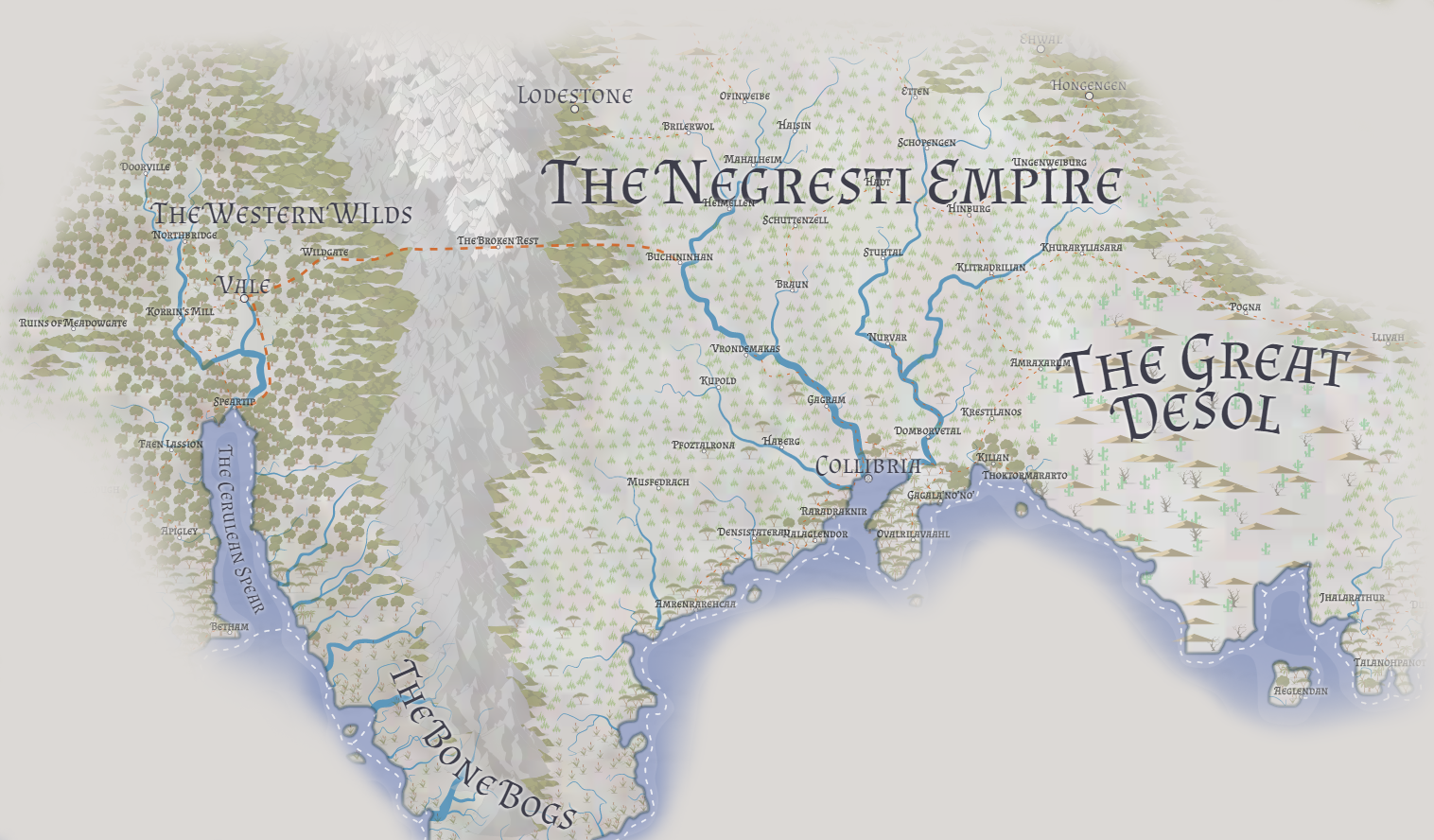Lightshards
Occasionally, meteorites large enough to survive re-entry fall from the Shroud and can be collected and used as magical storage devices known as Lightshards. At first glance, the shards appear to be normal gems. But, when viewed by someone who's senses have been attuned to the arcane, they radiate a magical aura of the school aligned with their type. When invested with power, a shard glows with a faint inner light.
Properties
Material Characteristics
Lightshards appear to be mundane gemstones when not invested with magical power. However, they are as hard as mundane diamond and when a sentient creature comes in contact with a Lightshard, a certain knowledge appears in that creature's mind, like a resonance in their bones, that the gem they are touching is a Lightstard and not a mundane gemstone.
Size of Lightshards
Lightshards of different sizes can store spells of different levels of complexity and power. Shards that can store a level 1 spell are are the size of small pebbles while shards that can store the most powerful of magics are incredibly rare and the size of a closed fist.Types of Lightshards
| Gem Type | School of Magic |
|---|---|
| Sapphire | Abjuration |
| Opal | Conjuration |
| Diamond | Divination |
| Emerald | Enchantment |
| Ruby | Evocation |
| Topaz | Illusion |
| Jacinth | Necromancy |
| Amethyst | Transmutation |
Dun Shards
A ninth type of lightshard is also found on Korris. Obsidian shards are only distinguishable from mundane obsidian because they do not fracture and shatter as easily and are, in fact, as hard as mundane diamond. These shards are, by far, the most commonly found shards on Korris. Over the eons, a significant number of Obsidian shards have fallen on Korris; including some very large ones. The people of Korris see it as little more than an exceptionally strong building material and while not common enough to be a primary material in the construction of most structures, its use both structurally and ornamentally normally denotes status and wealth. The reason the obsidian shards are referred to as dun because while they are unmistakably lightshards, they never glow because they cannot have magic invested in them.History & Usage
Everyday use
Investing a Lightshard
Lightshards are most commonly used as magical storage devices. In order to function in this way they must be refined from their raw form and cut into a faceted gemstone. Based on the size of the shard, different amounts and complexities of magical energy can be stored in the shard. A usable shard can have a spell invested in by a spellcaster who can cast a spell of the appropriate level. However, this process is very exhausting as the spell exists in the shard just on the edge of completion and the caster must invest enough extra energy to strengthen the weave of the spell. The spellcaster casts the spell as normal using all components that the spell might require and just before completing the magical weave, the spell is directed towards the shard which absorbs the spell. This process causes the spellcaster to incur 1 point of exhaustion for every 2 levels of the spell invested, rounded up.Releasing a Lightshard
Any sentient creature who comes into contact with an infused lightshard instantly feels a sense of tension and a longing for release. At a thought, the creature can give in to that release becoming a conduit for the spell stored in the shard. A lightshard, however, is not a record of the stored power; only the power itself. Thus, it does not impart any knowledge of what kind of spell is about to be released and if the creature has no prior knowledge of the spell stored in the shard, the release of the stored energies can be unpredictable. The use of divination magics can reveal the spell stored in a lightshard and make the release of the spell stored inside much more predictable. Spellcasters that make regular use of lightshards have complex organizational and memory systems to keep track of which shards have which spells invested in them. Releasing the energy from a shard is a magically violent process and the shard stands a chance of being shattered during the process. When a shard is used to cast a spell, roll a d10. If the roll is equal to or lower than the level of the spell being cast, the shard cracks and shatters becoming magically useless.
Type
Ore/Mineral
Common State
Raw, unpolished, unfasceted
Lightshard Rules Summary
- Investing a spell in a Lightshard causes to spellcaster to incur Exhaustion points equal to half the invested spell's level rounded up
- The caster must spend all components and casting time appropriate to the spell at the time of investiture
- Releasing a spell from a Lightshard takes 1 Action
- At time a spell is released the holder of the Lightshard determines the target of the spell within its allowed parameters
- If the caster chooses an illegal target then the DM determines the unpredictable effect of the spell's release
- When a spell is released from a Lightshard, roll a d10. If the roll is equal or lower than the level of the spell released, the Lightshard shatters and is no longer usable
Remove these ads. Join the Worldbuilders Guild


Comments